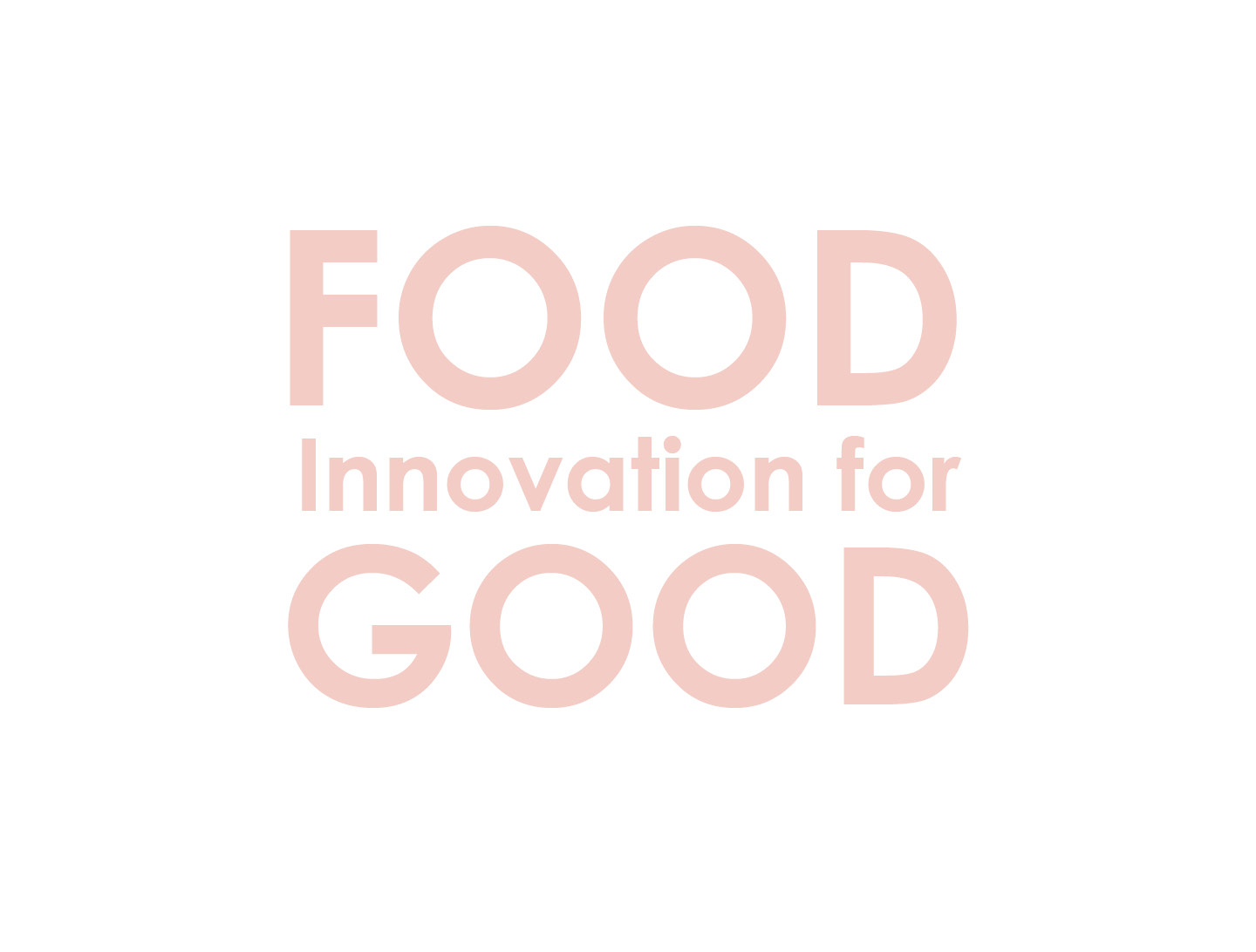16 Aug 2024
At Taste Tomorrow, we offer ongoing support and inspiration to the food industry, fueled by comprehensive always-on consumer analyses. According to our latest data, texture has become a focal point for consumers, driving their interest and shaping their preferences. From ooey-gooey-filled donuts to flaky XXL croissants and ultra-fluffy brioche buns, texture defines consumer choices today.
Do you want to apply innovative and Instagram-worthy textures in tune with consumer preferences? Get inspired by these 3 sensory experiences:

1. Chewy texture
A bit more bite for a prolonged and satisfying mouthfeel
The much-hyped New York Times Cooking recipe for gochujang caramel cookies went viral rapidly after its publication. Not just because of the blend of spicy and sweet flavors, but also because of the delightful texture: crispy on the outside and chewy on the inside. While chewy textures have traditionally taken the backseat in Western baking, the popularity of chewy bakes and pastries is now on the rise. The demand for kouign-amann, mochi donuts and Pao de Queijo (Brazilian cheese bread) proves the evolving consumer preferences and a desire for more diverse and indulgent eating experiences.

Especially in the US, UK, Canada, India and Australia, the love for chewy pastries is growing. This shift partly emerged from global culinary influences, think of Japanese mochi, Taiwanese bubble tea and Indonesian kue lapis. The appeal of chewy textures is their ability to provide a more prolonged and enjoyable eating experience, allowing flavors to linger on the palate. That makes for a greater overall enjoyment of a pastry or baked good.
Another argument for the emergence of chewy textures is the popularity of the classic canelé. This typical French pastry with a crunchy burnt caramel crust and a chewy interior has gotten an upgrade in Korean bakeries. They have started filling the caneles to add further texture and flavor. A trend that has found its way to bakeries such as Kudo in Melbourne, which sells the stuffed caneles in interesting flavors such as pandan & taro, Ferrero Rocher, matcha and jasmine tea with peach and raspberry.
2. Flaky texture
Delicate layers offer the ultimate indulgence
Is there anything more satisfying than tearing apart a croissant? The golden exterior cracking open to reveal endless layers of buttery, flaky pastry. The appeal of the flaky texture lies in its delicate, layered consistency that effortlessly crumbles or shatters when you bite into it, creating a multi-sensory experience. This unique texture enhances the overall eating experience by adding complexity and depth to flavors, while also engaging the senses with its visual and tactile qualities. Numerous highly successful and prominent hybrid pastries and baked goods that achieved viral status share a common attribute: they embody the flaky texture reminiscent of classic creations such as croissants.

Currently, online audiences are captivated by the massive £25 XXL croissant, which is double the size of the heads of those showcasing it on TikTok. The enormous size of the creation by Philippe Conticini makes it extra flaky too. The other hype is the flat croissant or smashed croissant, which originally came from Korea but has found its way across the ocean now too. The uncooked dough gets coated in sugar and sandwiched between two sheet trays to create a flat and crispy caramelized exterior, which then gets dipped in chocolate.
But the appeal of flakiness can be found in wider applications than the croissant alone. We also spot savory palmiers with fillings such as bacon, cheese, pesto or caramelized onion. The popularity of scallion pancakes is another example, just as the viral upside-down puff pastry tarts. Each of those treats captivates consumers with the visual appeal of the endless layers and the incredible feeling of biting into them.
3. Texture mash-ups
The hybrid goes sensorial
The bakery hybrid is a product category in and of itself, but previous hypes were usually focused on the format: think of the cruffin, croffle and mochidonut that play with the specific shape of a bakery item. Nowadays we’re experiencing a shift towards hybrids that unite clashing textures.
Take the cookie dough croissant or ‘crookie’. That TikTok hype doesn’t present the classic croissant in a new form. The innovation comes from the combination of a croissant with half-baked chocolate chip cookie dough. A flaky croissant filled with chewy cookie dough and crispy chocolate chips that is topped with a crunchy cookie.

Same goes for the Pizza Cupcake that can be found on supermarket freezer shelves throughout the USA after an appearance on the tv show Shark Tank. The savory snack is described as “flaky, buttery, doughy” on the product packaging, but the marketing focuses on a different textural aspect: the massive cheese pull. Both those bakery creations are the result of a mash-up focused on textures, trying to offer consumers a pleasant and unexpected eating experience.
Millennials shop for texture
The most important audience for texture-focused bread, chocolate and patisserie are millennials, the most adventurous generation in this regard. According to research by Innova Market Insights, 68% of millennials state that texture impacts their purchasing decisions, versus the average of 60%. But texture is very important in general. Almost half of consumers go as far as saying they “care more for the texture experience than for the ingredient list of a food product”. So make sure that you pay specific attention to the crispiness, chewiness, smoothness or flakiness of your next creation.
About Taste Tomorrow
Taste Tomorrow is the world’s largest ecosystem for consumer understanding in the bakery, patisserie and chocolate industries. Always-on tracking of local and global consumer behaviors, attitudes and choices provides valuable, in-depth insights. We can use these insights to track the evolution of trends and reveal new ones. Discover more about our methodology.
Stay ahead of the latest industry trends and consumer insights
Join thousands of bakery, patisserie and chocolate professionals who rely on Taste Tomorrow for inspiration. Don't miss out – subscribe to our newsletter now and create more relevant product innovations!
